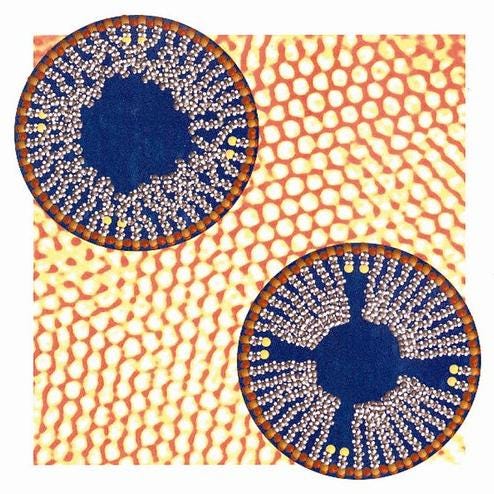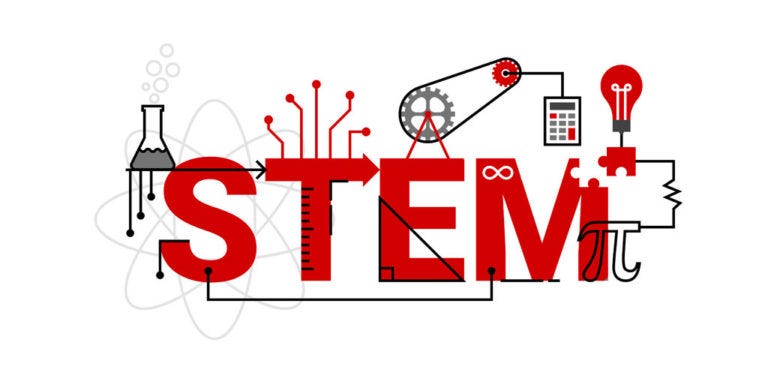Advantage Of Integrating Nanotechnology In STEM Education
Nanotechnology is an interdisciplinary field that has revolutionized various industries, including biotechnology, electronics, and energy. Nanoscience and nanotechnology also offers an exciting opportunity to transform the field of science, technology, engineering, and mathematics (STEM) education. With the help of nanotechnology, educators can engage students in hands-on learning activities that inspire innovation and creativity while teaching them essential scientific concepts.

Nanotechnology provides a unique opportunity to bring the fundamental concepts of STEM education to life. By building nanoscale devices like sensors, actuators, and energy harvesters, students can develop a deep understanding of physics, chemistry, and biology in action. Immersing students in interdisciplinary projects with real-world applications will instill a curiosity for learning and a passion for scientific research.
One of the primary benefits of integrating nanotechnology into STEM education lies in the fact that it engages students in inquiry-based learning, enabling them to investigate scientific phenomena and conduct research in new and exciting ways. Through hands-on experimentation with nanomaterials and devices, students can learn to critically examine the relationships between material properties, structure, and function. Students will also develop a proficiency in designing, testing, and analyzing experiments, skills that are critical to scientific research.

Nanotechnology is also an excellent platform to address some of the most pressing global challenges, including energy, water, and environmental issues. By incorporating the principles of green chemistry into the design and use of nanomaterials, students can develop innovative solutions to environmental problems. For example, students can design nanopore technology that separates seawater from salt, purifies water using nanoscale filters, or create nanocarriers that help deliver essential nutrients and medicines to plants and animals.

Another advantage of integrating nanotechnology in STEM education is the ability to instill a sense of ethical and responsible conduct among students. As they work with an emerging technology, students must understand the potential societal and economic impacts of nanotechnology. Students must analyze and evaluate the social, environmental and economic tradeoffs of nanotechnology in the context of the global challenges. In addition, they need to recognize the potential hazards posed by nanomaterials and prioritize safety while working with them.
In conclusion, nanotechnology is a game-changer in STEM education. By providing hands-on, inquiry-based and interdisciplinary experiences, nanotechnology enables students to develop scientific skills, gain real-world experience, and become responsible and ethical scientists. As educators, we can use nanotechnology to inspire the next generation of learners to excel in science and innovation. With the appropriate resources and guidance, the possibilities for learning, discovery, and development are endless.
A unique two-week residential Women in STEM for students aged 16-21 years old from around the world.
ReplyDelete